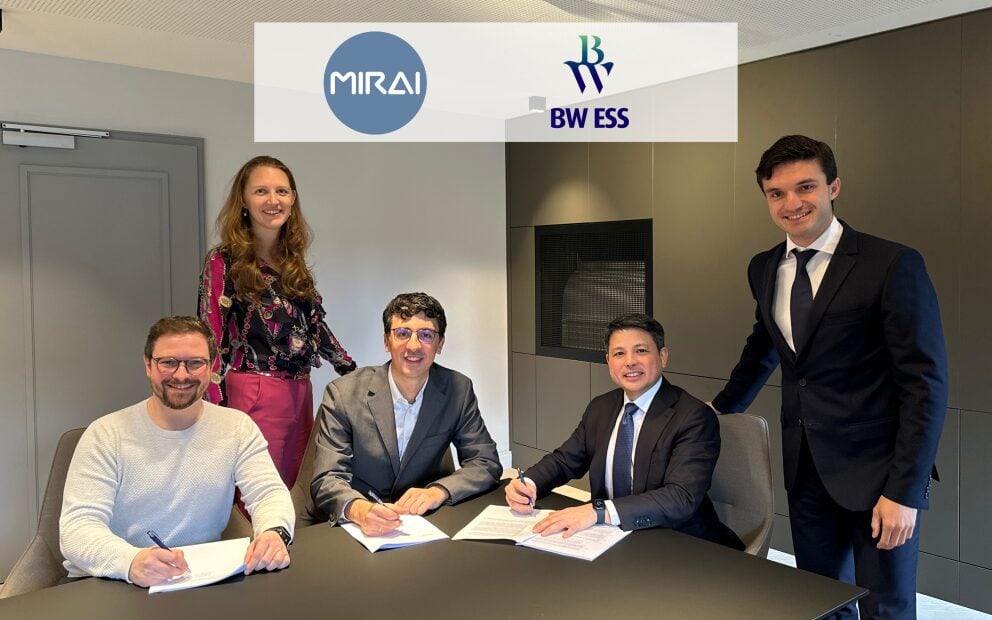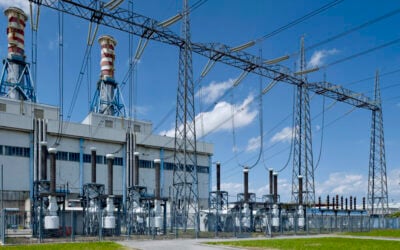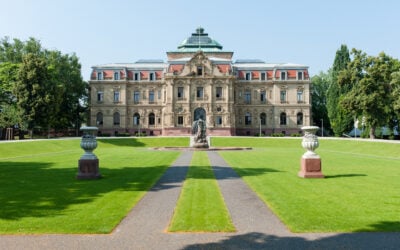
Germany is currently the “hottest market in Europe today from a development perspective,” according to battery storage developer-investor BW ESS.
Energy-Storage.news spoke with Roberto Jimenez, executive director of BW ESS, which officially announced its launch into the German market last week through a partnership with Munich-headquartered developer MIRAI Power.
Enjoy 12 months of exclusive analysis
- Regular insight and analysis of the industry’s biggest developments
- In-depth interviews with the industry’s leading figures
- Annual digital subscription to the PV Tech Power journal
- Discounts on Solar Media’s portfolio of events, in-person and virtual
Jimenez is leading efforts for the energy storage subsidiary of maritime and infrastructure company BW Group as it enters its fifth national market.
It is in some ways replicating the business model it has used in the UK, Italy, Australia and Sweden so far—entering equity investment and joint development agreements with local development partners to embark on large-scale battery energy storage system (BESS) projects in strategic locations.
“The numbers that we’re seeing are very healthy for projects,” Roberto Jimenez told Energy-Storage.news in an interview.
Jimenez said Germany is similar to the ERCOT market in Texas, US, in that opportunities are merchant, although the German government is considering introducing a capacity market in the coming years.
Merchant revenues are being earned through a combination of ancillary services and energy trading or arbitrage, with the latter poised to comprise a larger and larger share of the revenue stack.
“I think the optimisers are looking at the ancillary services market right now, it’s a very lucrative market, but compared to the energy market, it’s tiny,” Jimenez said.
“There is an expectation that that market [ancillary services] will saturate in Germany, and that the larger and longer-term play is going to be around arbitrage and shifting energy to the highest value hours of the day.”
Jimenez cited the example of last spring and summer, when “very significant negative pricing of power” occurred. With the business case for arbitrage based around buying energy at low prices or charging batteries from abundant renewable energy at off-peak times, this presents the sort of price volatility that BESS assets are well-positioned to capitalise on, while providing the most value from helping balance the supply and demand of electricity.
“Germany is certainly the hottest market in Europe today from a development perspective,” Jimenez said.
“It takes some time to build the pipeline and get all of the grid figured out but it’s a big market, and I think a very attractive one.”
‘Deep’ trading markets, but consolidation of players expected
Germany has Europe’s single largest power market, representing about 20% of the total generation capacity of interconnected grids.
“It’s also an interesting market because it’s so liquid. I think the trading volumes and the number of market participants are very high,” Jimenez said, including direct interconnection with nine neighbouring countries.
Executives from BESS operator and aggregation platform Terralayr told ESN Premium in a recent interview that the high level of interconnection and depth of energy trading across intraday and day-ahead markets means that the German market overall will not saturate to the same sharp degree as in the UK.
Terralayr CEO Philipp Mann also said that the German electricity mix “is a bit different” to that of the UK, with less reliance on offshore wind, for example.
Meanwhile, his colleague, VP of strategy and commercial Mikko Preuss, noted that ancillary services markets – the two primary ones in Germany being frequency containment reserve (FCR) and automatic Frequency Restoration Reserve (aFRR) – will trend towards higher degrees of saturation, although assumptions and forecasts vary.
In another ESN Premium piece last week, however, we heard that although the development opportunities in Germany for large-scale BESS are “exploding,” the country’s four grid operators are “overwhelmed” with applications for grid connection.
Christoph Ostermann, the former CEO of sonnen, and now CEO of BESS EPC and investment platform green flexibility, told the site that “the hype is coming to an end and market is consolidating.”
Southern Germany’s proximity to load as an advantage
While BW ESS is in the process of creating a development pipeline with its partner MIRAI Power and has not yet finalised its model for Germany with regards to how projects will be contracted for with offtakers, Roberto Jimenez said the developers will likely be looking for ways to secure contracted revenue.
BW ESS signed what was claimed to be one of the UK’s first tolling deals, with Shell – Jimenez’ former employer – a while ago for its 150MW/330MWh Bramley BESS in development with Penso Power. Last August as that deal was announced, Jimenez spoke with ESN Premium about how the seven-year contract will be an advantage as arbitrage opportunities on the GB grid open up.
Jimenez said that last week while the German market’s evolution in the coming years is as yet unknown, including the potential introduction of capacity payments and a more zonal market structure based around the four transmission system operator (TSO) regions, with the revenues battery systems are expected to earn, “it would make sense to look at tolling for a seven-year period.”
From the company’s perspective, being active in four other markets already, BW ESS wants to spread itself across “different exposures,” including revenue models and geographies. That means capacity payments in Italy, a mix of merchant and contracted revenues in the UK and similar in Australia, and capitalising on the Nordic ancillary services market while it remains hot.
Within Germany, the different TSO grid areas, as well as the geographic split of the renewables market and electricity loads, means that different market dynamics will present different exposures.
“Like the UK, Germany is seeing differences between north and south, and you see the same in Italy. For a long-term player like us, who will be operating BESS assets for 15-plus years, we thought it prudent to go into southern Germany now.”
While northern Germany is seeing a lot of BESS development, the south is where much of Germany’s load is concentrated and also where the abundance of solar PV is pushing daytime prices towards the negative.
“The solar ‘duck curve’ may be more pronounced in the south [of Germany], but also it’s closer to load. If you look at the UK, when you look at national markets that are looking to potentially split into zones, you can be at more of an advantage if you’re closer to the load,” Jimenez said.
The Energy Storage Summit EU, hosted by our publisher Solar Media, takes place in London, UK, this week (18, 19 February). Visit the event site for more details including agenda and how to get tickets.






